Our environment: How does it change?
INTRODUCTION
What is environment and why do we need to understand them? An environment includes all the external factors affecting an organism. These factors may be living organisms (biotic factors) or nonliving variables (abiotic factors), such as water, soil, climate, light, and oxygen. All interacting biotic and abiotic factors together make up an ecosystem.
Organisms and their environment constantly interact, and both are changed by this interaction. Additionally, environmental factors ultimately limit the size that any population may attain since the resources are in short supply. Occasionally, population carrying capacity may be dictated by the direct actions of other species, as when predators limit the number of their prey in a specific area.
"Human have changed their environment; and they have done so on a grander scale than any other species."
From simple now it is becoming more complex or modernized, our environment has changed due to man's creativeness and intelligence. These changes also affects the lifestyle of every individual. Indeed, our environment provides all the needs of man since without it man will not exist. Unfortunately, many of these changes brought by development and modernization have consequences that destroy our environment. Some of these problems include population growth, global warming, air and water pollution, habitat destruction and species extinction, energy production, among others.
Scientists are working to understand the long-term consequences that human actions have on ecosystems, while environmentalists - professionals in various fields, as well as concerned citizens are struggling to lessen the impact of human activity on the natural world.

CURRENT ISSUES
The problem facing the environment are vast and diverse. Destruction of the world's rain forests, global warming, and pollution are just some of the problems that will reach critical proportions in the coming decades. Their rates will be directly affected by the size of the human population.
A. Population Growth
Can you guess how many people are there in the world? The population of the world is about seven billion people. If all these people lined up side by side, they would circle the Earth at least 70 times. Population is the number of people in a place. We speak of the population of a village, a city, a country, a continent, or even the whole world.
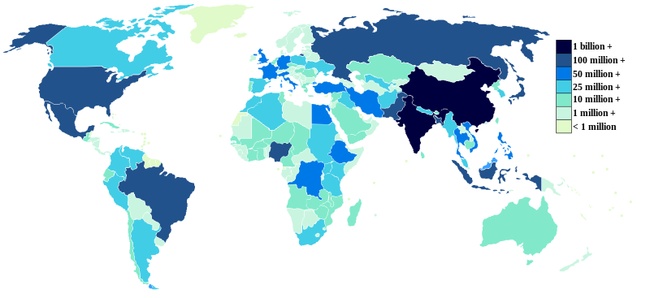

Today, about 90 million people are added to the world population every year. The main reason for this huge growth in population is a drop in the rate of death. Fewer babies and children are dying young, and adults are living longer than before. Due to the following reason (1) improved sanitation, (2) fewer people become sick and die from polluted drinking water, and (3) new drugs and medical treatments helped reduced death rates.
According to experts, the most important factors necessary to lower population growth rates in the developing world are democracy and social justice. Studies show that population growth rates have fallen in areas where several social conditions have met. In these areas, literacy rates have increased, women are given economic status equal to that of men and can have jobs and own property. Not only that birth control information is more widely available, and women are free to make their own reproductive decisions.
B. Global Warming
Did you noticed that our weather is becoming warmer? This is due to global warming. According to studies, the Earth has warmed up about 0.6°degree Celsius in the last 100 years. The rate of change is speeding up and it has been predicted that the Earth may well be as much as ten degrees hotter.
Sunlight brings energy to the Earth and the atmosphere is a layer of air around the planet that holds in some of the warmth. It is a mixture of many gases. For almost two centuries, this mixture has been changing. The amount of gases such as methane and carbon dioxide have been rising. These gases trap heat more effectively than other gases. They make the Earth's atmosphere act like the glass in a greenhouse. It lets the sunlight in, but it does not let the heat out. As a result, heat is building up close to the surface.
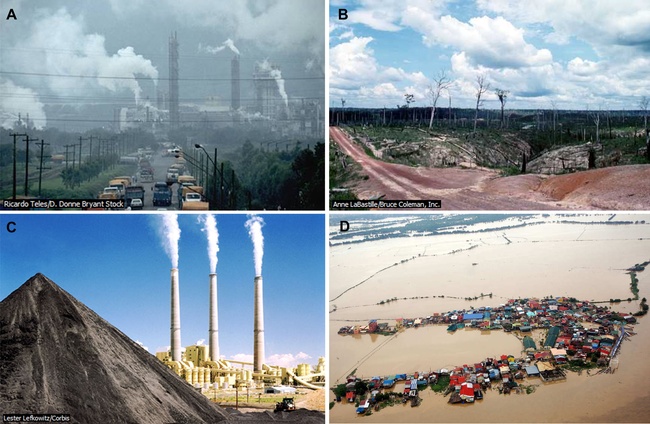
People are changing the atmosphere. The changes started a hundred years ago when men began cutting down the forest and burning the woods. In addition, the invention of cars and other machines greatly increased the amount of greenhouse gases released in the atmosphere. These machines burn fuels like wood, coal, oil, and natural gas. When these fuels burn, carbon dioxide is produce that goes to the atmosphere. Today, the air contains almost one-third more carbon dioxide that it did in 1700s.
C. Air Pollution
In this modern era our industry and means of transportation is being dependent on the burning of fossils fuels, such as gasoline. Although a vast number of substances (i.e. carbon, sulfur and nitrogen) contribute to air pollution.
Air pollution makes people sick it causes breathing problems and promotes cancer. Not only that it also harms plants, animals and ecosystem in which they live. Some of these pollutants return to earth in the form of acid rain and snow. These causes corrode statues and buildings, damage crops and forest, and make lakes and streams unsuitable for fish and other plant and animal life.
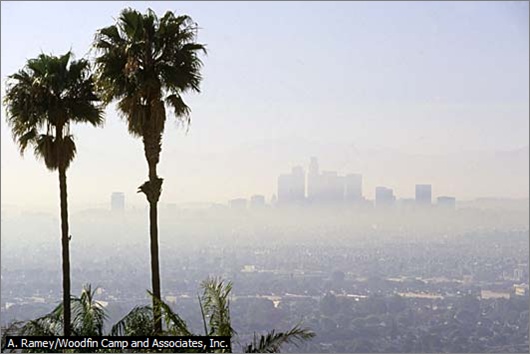
Most air pollution comes from one human activity: burning fossil fuels such as natural gas, coal and oil used to power industrial processes and motor vehicles. Among the harmful chemical compounds this burning puts into the atmosphere are carbondioxide, carbon monoxide, nitrogen oxides, sulfur dioxide and tiny solid particles. including lead from gasoline additives called particulates.
D. Water Pollution
Water pollution is the contamination of streams, lakes, underground water, bays or oceans by substances harmful to living things. We all know that water is essential to life on earth. Plants and animals needs water that is clean and they cannot survive if water is loaded with toxic chemicals or harmful microorganisms.
Pollution makes coastal waters unpleasant to look at, to smell and to swim in. Fish shellfish harvested from polluted water may be unsafe to eat. People who drink polluted water can become ill and with prolonged exposure, may develop cancers or bear children with birth defects.
Raw sewage, garbage, and oil spills have begun to overwhelm the diluting capabilities of the ocean, and most coastal waters are now polluted.
Many of the beaches around the world closed due to high amounts of bacteria from sewage disposal, and marine wildlife is beginning to suffer. The major water pollutants include petroleum products, pesticides and herbicides, heavy metals, hazardous wastes, excess organic matter, sediment and other infectious organisms.
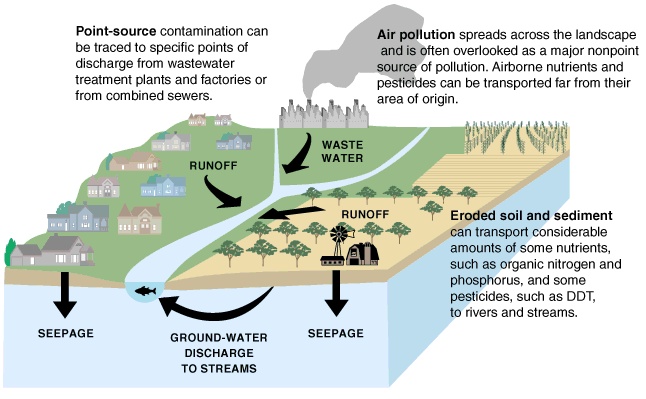
E. Habitat Destruction and Species Extinction
Scientists believe that only a small percentage of the earth's species have been described. That is why it is difficult to estimate the rate at which humans are driving species extinct. The only thing that is clear is that the species are dying out at unprecedented rate. The minimum estimates are at least 4,000 species per year, even though some scientists believe the number may be as high as 50,000 per year. The leading cause of extinction is habitat destruction, particularly on the tropical rain forests and coral reefs. At the current rate at which the world's rain forest are being cut down, they may completely disappear by the year 2030. If growing population size puts even more pressure on these habitats, they might well be destroyed sooner.
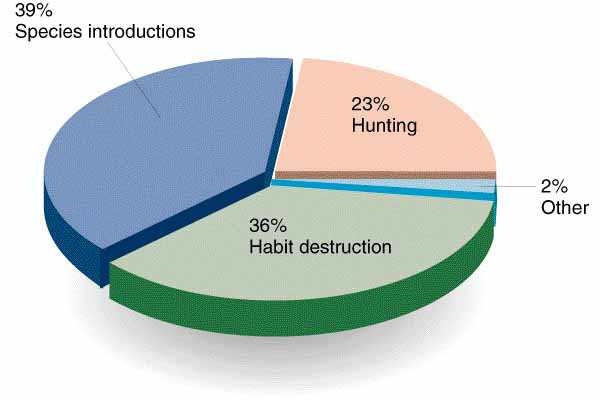
F. Energy Production
The world cannot continue to rely on the burning of fossil fuels for much of its industrial production and transportation. Fossil fuels are in limited supply and when burned they contribute to global warming, air pollution and acid rain.
Nuclear energy serve as an alternative however many people are against to it since it can cause massive devastation if an accident well happen. Like for instance, an explosion on Fukushima nuclear plant happened in March 2011 after the 8.9 magnitude earthquake hit Japan. Approximately 200,000 people were evacuated to prevent the exposure on radiation which can cause cancer.
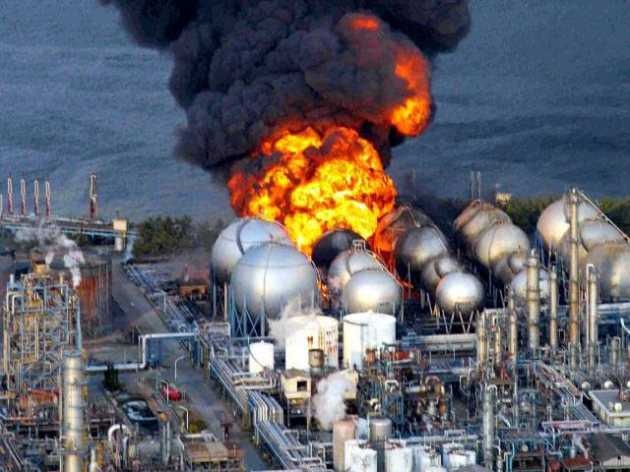
One reasonable solution is to increased the use of solar energy. The price of solar energy relative to traditional fuels has been dropping steadily, and if environmental concerns were factored into the cost, solar power is more cheaper. Other alternative sources of power include wind, geothermal, or hydroelectric. This is discussed further in the video below.
WHAT WE CAN DO TO HELP?
We do not need to be someone to be able to help our environment. Everyone of us has a role to do all we need is to resort to some simple ways to do so. When all of us start making a difference, the cumulative effort will result to a beautiful environment which we can pass to our next generation. Let us follow these simple tips below:
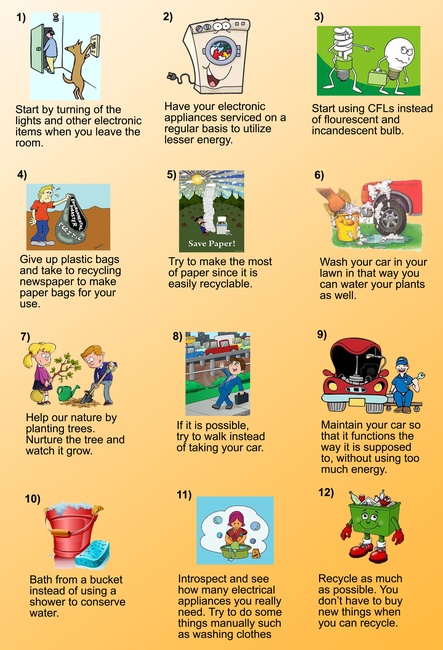
Figure 9. Tips in helping our environment
This is the least we can do to help our environment. We should always think about on how we can contribute to solve numerous environmental problems. Every individual change contributes to one large whole, and this makes all the difference.
REFERENCES
Introduction and Current Issues
Fig. 1 Retrieved from http://chinagreenbuildings.blogspot.com/2009/02/land-use-rights-in-china-opportunity.html on 13 January 2013
Fig. 2 Retrieved from http://en.wikipedia.org/wiki/File:World_population.svg on 17 January 2013
Fig. 3 Retrieved from http://borgenproject.org/african-women/ on 16 January 2013
Fig. 4 Retrieved from http://www.thestar.com/ajax/photoplayer/1238651 on January 17 2013 and Microsoft® Kids Encarta® Encyclopedia
2008. © 1993-2008 Microsoft Corporation
Fig. 5 Microsoft Kids Encarta Encyclopedia 2008. 1993-2008 Microsoft Corporation
Fig. 6 Retrieved from http://cnxa.org/content/m41441/latest/?collection=col11325/latest on 17 January 2013
Fig. 7 Retrieved from http://apesnature.homestead.com/chapter11.html 17 January 2013
Fig. 8 Retrieved from http://maketheworldworkbetter.wordpress.com/2012/07/23/the-fukushima-nuclear-disaster-counterfactual-thinking-and-where-to-get-our-energy/ on 17 January 2013
Articles
Microsoft Kids Encarta Encyclopedia 2009. 1993-2008. Microsoft Corporation
Microsoft Encarta Encyclopedia 1999. 1993-1999. Microsoft Corporation
What we can do to help?
Fig. 9 See attached references
Retrieved from www.buzzle.com/articles/how-to-save-our-environment.html on 17 January 2013